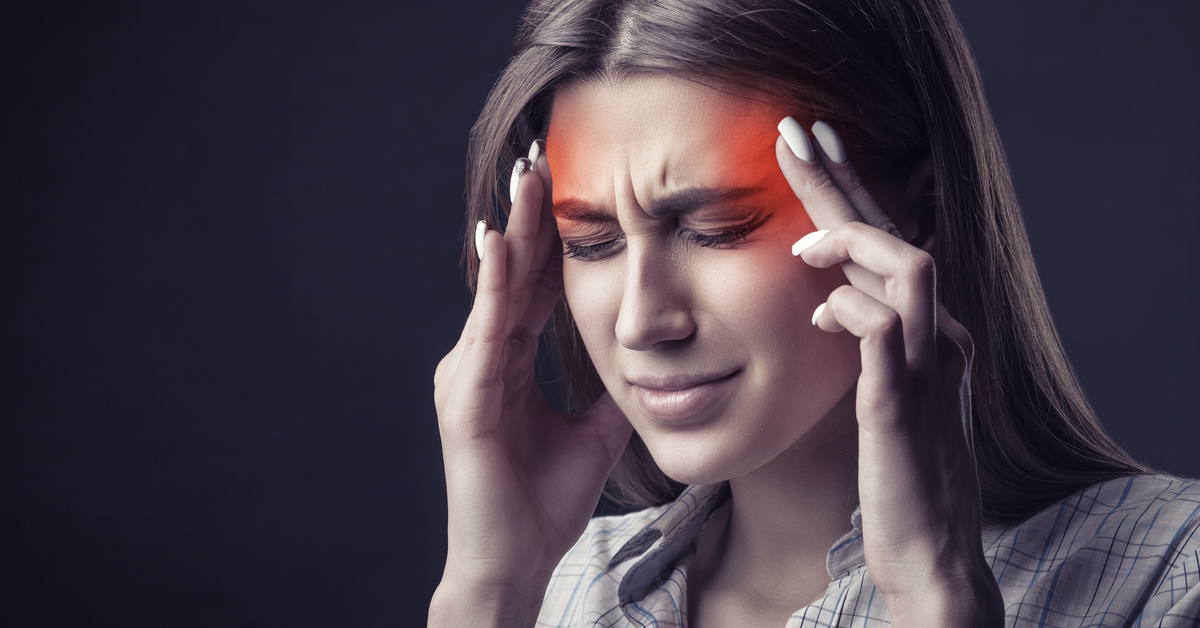The information found on this website is not intended or implied to replace professional, legal or financial help. All content contained on this website including, but not limited to, images, text, graphics, and information are for general informational purposes only. This website is meant to provide general information to users that are researching general information, including but not limited to, legal, financial, auto, health, home & more. The site should simply be used as a resource for information and should never be a substitute for speaking with a professional. Although we go to great lengths to make sure our information is accurate and useful, we recommend you consult a professional if you want expert advice.
Copyright © 2025 theconsumerhq.com
Privacy Policy|
Terms of Use Agreement|
Do Not Sell or Share My Information|
Cookie & Ad Preferences|
About Us|
